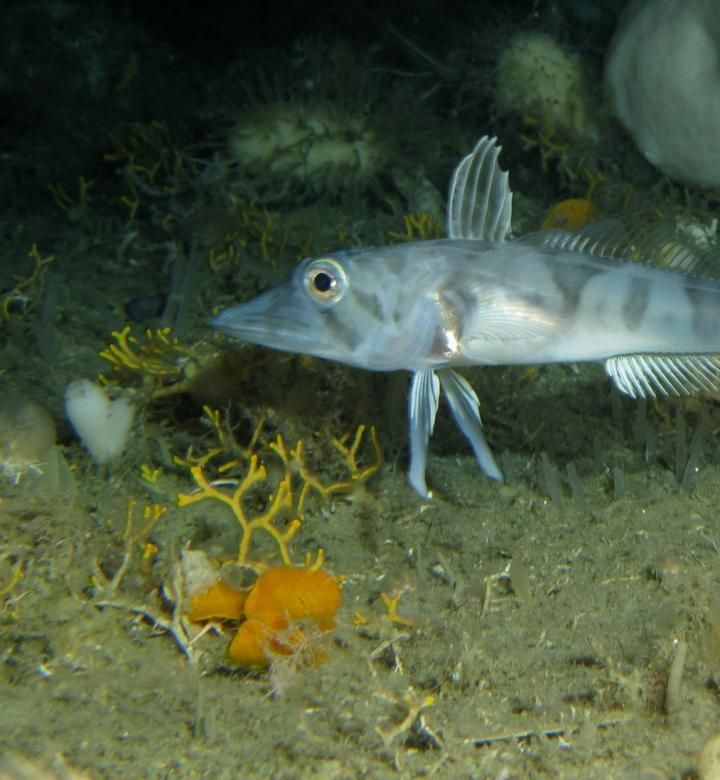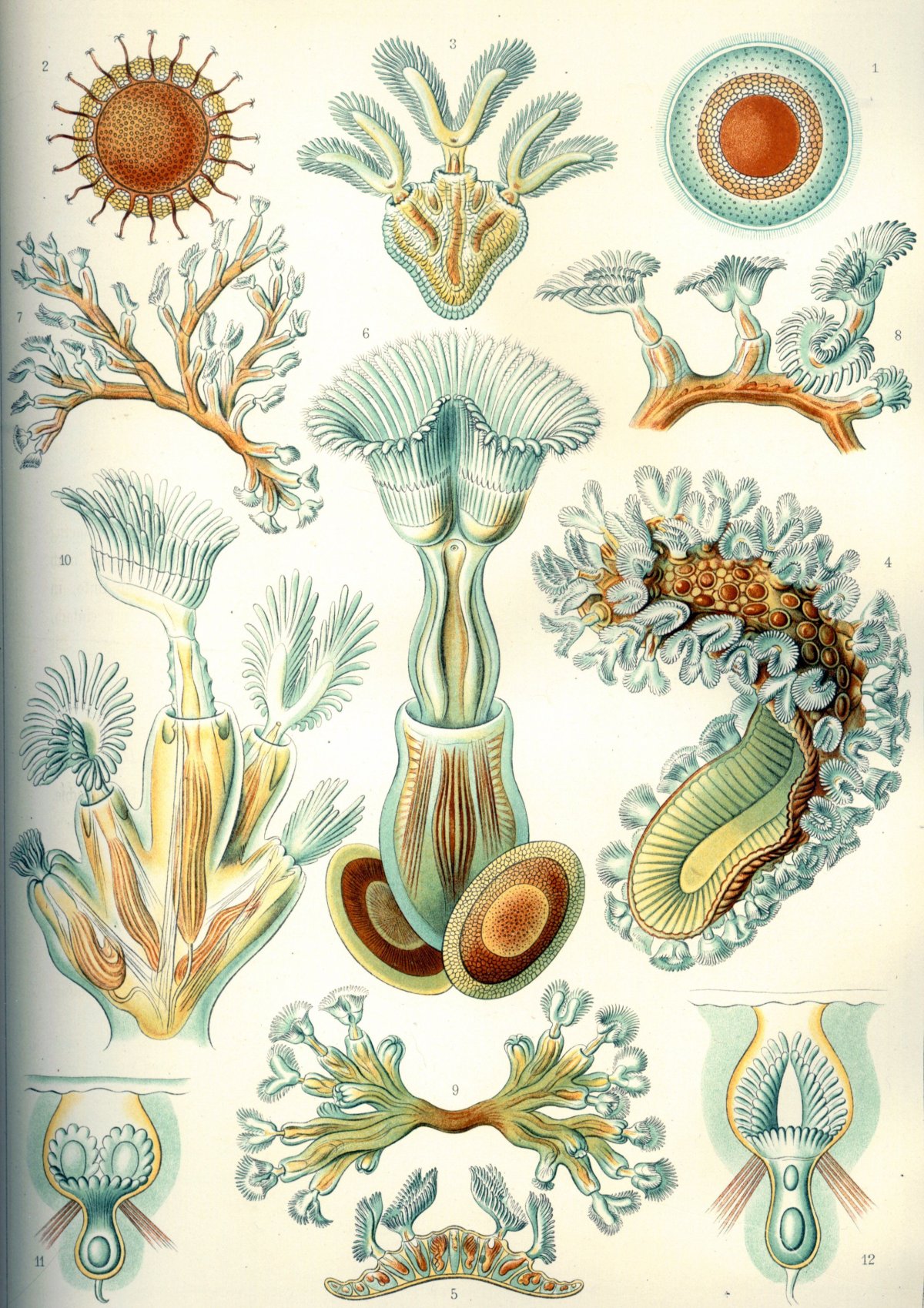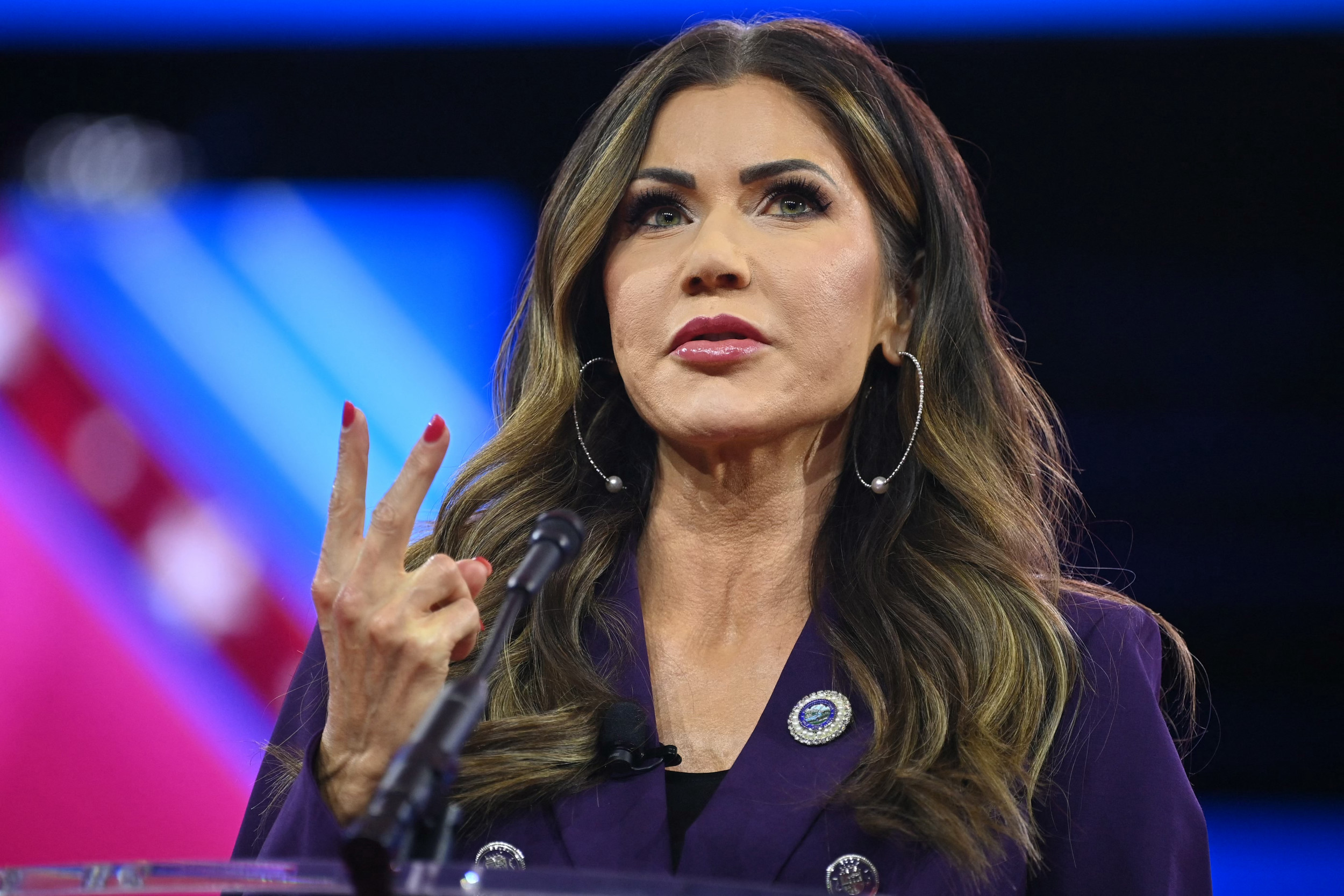
One of the more alarming prospects of climate change is that it threatens to create so-called "positive feedbacks" that are likely to make warming worse. As vast chunks of sea ice melt, for example, they leave swathes of open water that are less reflective than the ice, and therefore absorb more heat. This leads to more warming.
But this melting can have a previously overlooked effect: In areas above continental shelves, where the water is relatively shallow, ice-free water encourages the growth of organisms on the seafloor. Those organisms can hold onto a significant amount of carbon, so that it cannot re-enter the atmosphere and act as a heat-absorbing greenhouse gas, says David Barnes, an ecologist at the British Antarctic Survey.
Barnes' work has shown that creatures living on the seabed in the Antarctic and Southern Ocean now sequester twice as much carbon per year as they did in the 1980s. Much of the carbon is held onto by bryozoans, filter-feeding animals that are also colloquially known as "moss animals," Barnes says. He adds that his work, published September 21 in the journal Current Biology, shows that the amount of sea ice lost in a year closely corresponded to the growth rate and amount of carbon taken up by bryozoans.

There are other "negative feedbacks" that may help to limit climate change, such as the expansion of boreal forests in the sub-Arctic as temperatures warm, and the increased growth of algal blooms following the collapse of ice sheets, Barnes says. However, the amount of carbon sequestered by seafloor organisms exceeds them both, making it the most important negative feedback loop yet identified, he adds.
"Tying the carbon sequestration in a bottom dwelling animal to the amount of annual ice cover elucidates complexity of the system and highlights one more important, but little studied, factor of this amazing ecosystem," says Kenneth Halanych, a researcher at Auburn University who wasn't involved in the study.
Barnes began studying the spatial extent, age and carbon sequestration rate of bryozoans years ago in the South Orkney Islands, northeast of the Antarctic Peninsula, and gradually expanded his study into the Weddell Sea, a vast area nearly the size of India.
Most sea ice loss in Antarctica has taken place here, and elsewhere toward the western edge of Antarctica, in areas that are relatively shallow and which support a relative abundance of seafloor life. At the same time, the extent of sea ice has increased in eastern Antarctica, mostly over deep water with much less seafloor diversity.
Uncommon Knowledge
Newsweek is committed to challenging conventional wisdom and finding connections in the search for common ground.
Newsweek is committed to challenging conventional wisdom and finding connections in the search for common ground.
About the writer
Douglas Main is a journalist who lives in New York City and whose writing has appeared in the New York ... Read more
To read how Newsweek uses AI as a newsroom tool, Click here.








